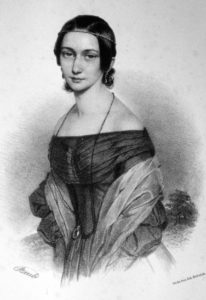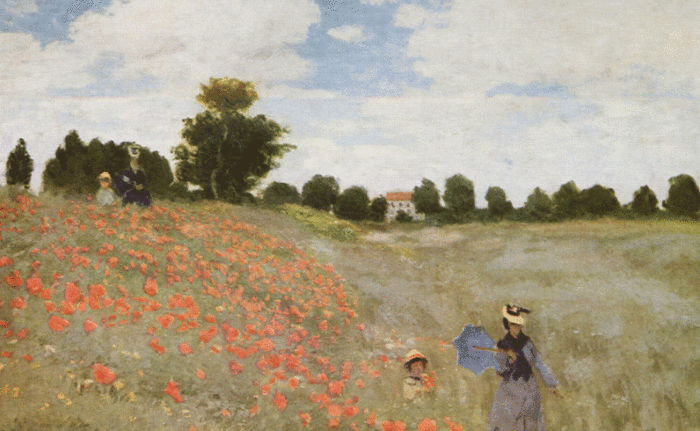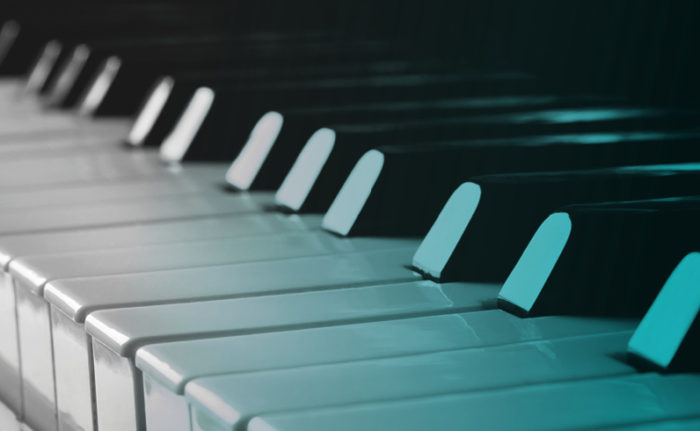This month, the Houston Symphony presents a two-week Schumann Festival featuring the great Romantic composer’s symphonies, concertos, chamber music, songs, and more. In this post, discover how Schumann may have secretly encoded his wife’s name into his passionate Piano Concerto.
Composed in a mere two weeks in May 1841 (between the premiere of the First Symphony and the start of work on what would become the Fourth Symphony), the first movement of Schumann’s Piano Concerto was originally conceived as an independent piece of music, a Phantasie for piano and orchestra. Though Clara did rehearse the Phantasie with the Leipzig Gewandhaus Orchestra later that year, it was never publicly performed. The Phantasie was revised and the final movements of the concerto were added in 1845, a year Schumann regarded as a crucial turning point in his creative life. “I used to compose almost all of my shorter pieces in the heat of inspiration,” Schumann reflected. “Only from the year 1845 onwards, when I started to work out everything in my head, did a completely new manner of composing begin to develop.” Without doubt, Schumann composed the concerto with Clara in mind as soloist. The piece would become her signature concertante vehicle; she would give over half the total performances of the work between 1845 and 1900.
In earlier times, concertos always began with an orchestral introduction of the first movement’s main musical ideas, but Schumann skips straight to the soloist’s entrance, as if beginning in the middle of the piece:
The movement is constructed from three basic building blocks. The first is the dramatic opening flourish from the soloist; the second follows immediately as the oboe introduces a melancholy theme based on the notes C-B-A, or C-H-A according to the German note-naming system. Traditionally, this has been interpreted as a musical cypher of the name “Chiara,” Schumann’s poetic nickname for his wife, Clara. After the piano completes the “Clara” theme, the violins introduce the third main idea: a hypnotic, undulating figure that acts as a bridge, crescendoing to a powerful statement or full orchestra.

Instead of leading to a new, contrasting theme, however, this passage dies away to a return of the “Clara” theme, but this time in the warmer, brighter key of C major. The piano and woodwinds continue to develop it, building to a grand, fanfare like transformation of the bridge theme. As this fades, the tempo slows, and a dreamy version of the “Clara” theme appears as a duet for piano and clarinet. This miniature slow movement ends with the violent return of the dramatic downward flourish that began the concerto. After further, yearning developments of the “Clara” theme, the original version for oboe returns, and a reprise of the movement’s earlier ideas begins. Near the end, the orchestra stops playing and a cadenza, an extended passage for the soloist alone, commences. Featuring an intense development of the movement’s themes, the cadenza leads to a final transformation of the “Clara” theme as the orchestra reenters.
In the second movement, a delicate, fragmentary play of sounds leads to a passionate, sighing theme for cellos. The delicate music that began the movement then returns. The second movement is linked to the third by a poetic, Janus-faced passage. The beginning of the first movement’s “Clara” theme returns in the clarinets and bassoons, harmonized in a way that suggests distant horn calls. This backward glance is then transformed into the bounding, red-blooded main theme of the finale. This main theme alternates with contrasting episodes, including a quiet march-like theme, sparkling passagework, and a fugal development. The music crackles with the fire of inspiration, bringing the concerto to a life-affirming conclusion.—Calvin Dotsey
Don’t miss Schumann’s Piano Concerto at the Houston Symphony’s Schumann Festival! Learn more and get tickets.



